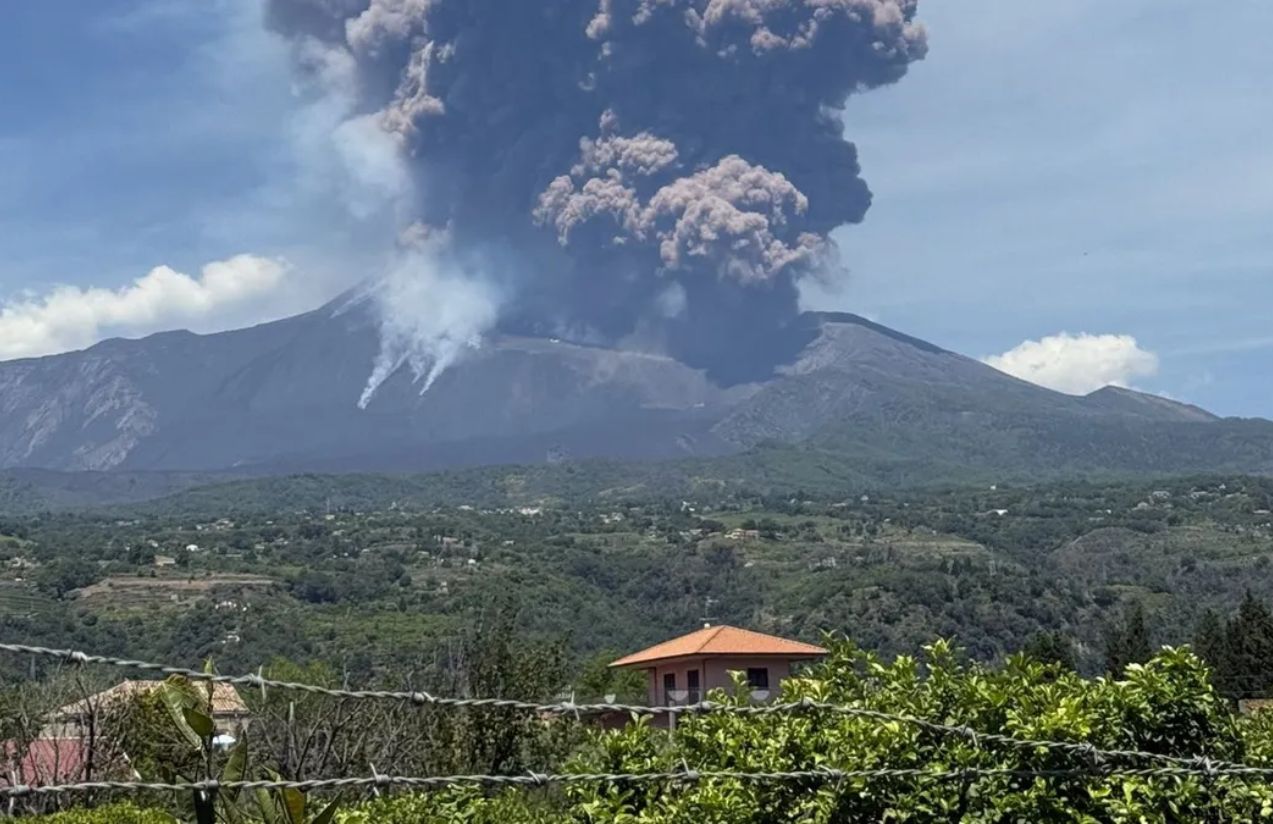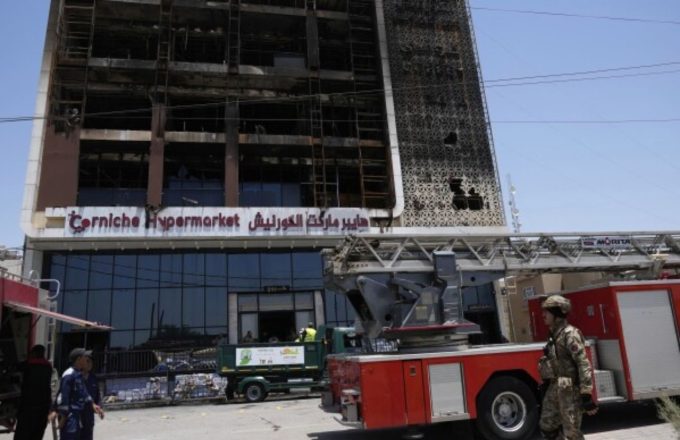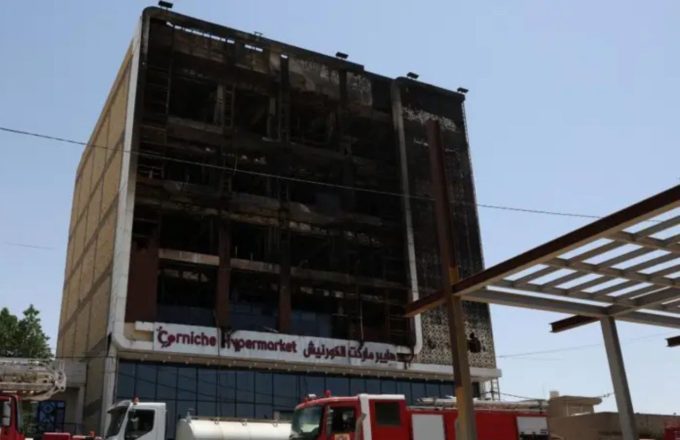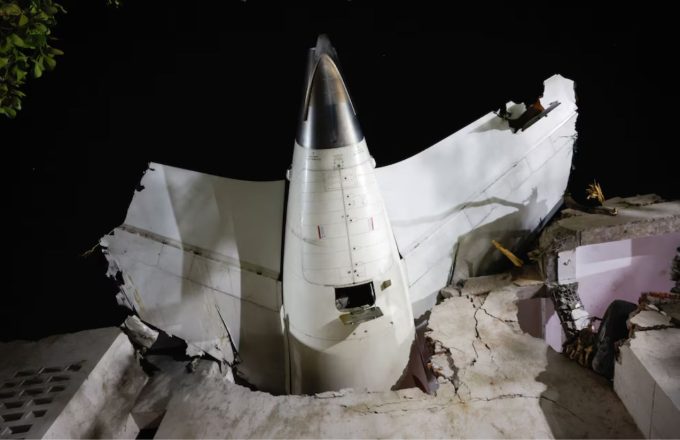Mount Etna, Europe’s most active volcano located on the Italian island of Sicily, has erupted once again. The early Sunday eruption was marked by powerful explosions, a towering column of smoke, and a pyroclastic flow descending along its southeastern slope.
Despite the dramatic display, authorities have assured that there is no immediate threat to nearby communities. The volcanic material has not surpassed the 2,800-meter mark nor crossed the well-known Valle del Leone, a path often taken by hikers ascending the mountain.
The National Institute of Geophysics and Volcanology (INGV) is closely monitoring the situation. In its latest bulletin, the institute confirmed via thermal cameras the presence of pyroclastic flows, lava, and gases moving at ground level. Experts believe the activity may have been triggered by the partial collapse of the volcano’s southeastern crater.
The first signs of activity were detected at 2:39 a.m. local time (12:39 a.m. GMT), when the INGV reported a “sudden change in parameters” at high altitude. The eruption was clearly visible from the nearby city of Catania, where the airport remains fully operational.
Sicilian President Renato Schifani offered reassurance, stating: “At the moment, there are no signs of danger to the population,” based on reports from Civil Protection services. However, regional Civil Protection chief Salvo Cocina urged hikers to exercise maximum caution and avoid the summit area “until further notice,” due to the potential for further volcanic activity.
While Etna and Vesuvius near Naples are the most famous Italian volcanoes, the country is home to around 70 volcanoes, most of them underwater, stretching from Tuscany to Sicily and across the Sicilian Channel, according to the INGV.
In August 2023, authorities announced the discovery of three new underwater volcanoes off the Sicilian coast. This brings the total in the Sicilian Channel—a stretch of sea separating Sicily from North Africa—to about 15.
“In 2019 we discovered six volcanoes. Adding the three new ones and those previously classified, the total comes to around fifteen,” explained Emanuele Lodolo, a geophysicist at Italy’s National Institute of Oceanography and Experimental Geophysics (OGS). These latest formations lie at depths between 100 and 400 meters, with the closest one just 7 kilometers off Sicily’s southwestern coast.
For now, scientists cannot confirm whether these underwater volcanoes pose a threat. “Just like with earthquakes, we can’t make predictions. What’s important is constant monitoring,” Lodolo emphasized.



















